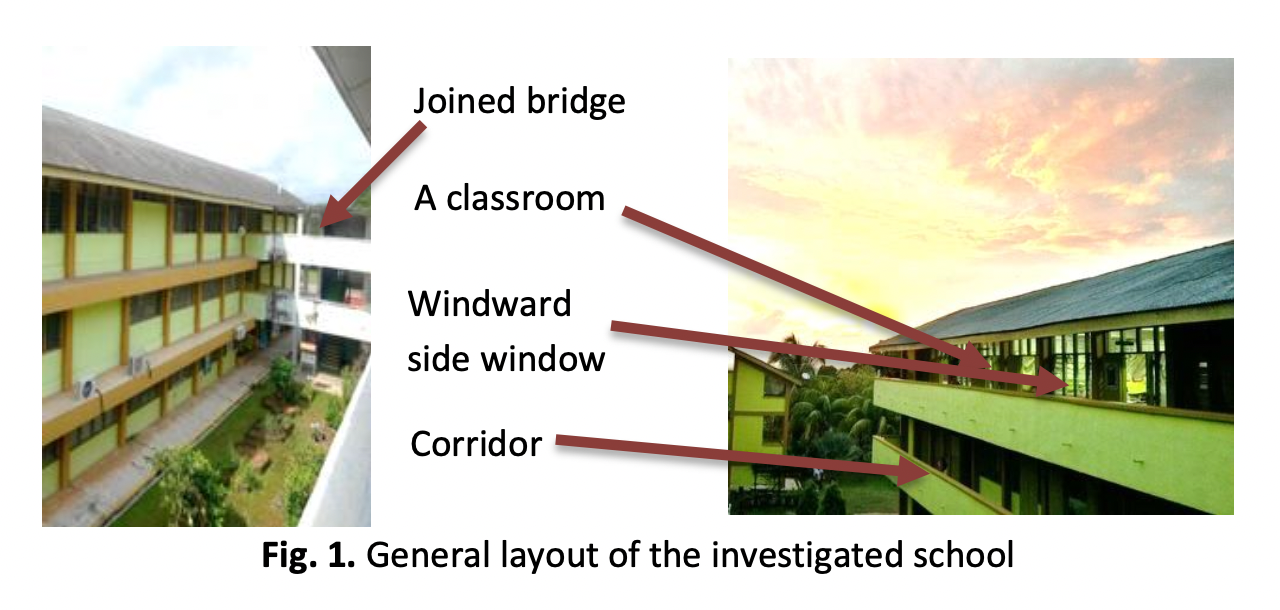Preliminary Study on Student’s Performance and Thermal Comfort in Classroom
DOI:
https://doi.org/10.37934/arfmts.101.1.5972Keywords:
Classroom, thermal comfort, thermal perception, learning performanceAbstract
In Malaysia, students spend up to 33% of their day in classrooms and school buildings. Previous research had shown that thermal comfort conditions in educational buildings can stimulate student productivity. This study aimed to preliminary investigate the relationship between thermal sensation and student performance in the classroom. Data collection was conducted in a selected classroom at a secondary school in Segamat, Johor. All data were collected for three days. Physical measurement data were taken using thermal comfort equipment, KIMO AMI 310 for indoor measurement (air temperature, mean radiant temperature, air velocity, relative humidity), and TSI VelociCalc for outdoor measurement (air temperature, relative humidity). The thermal comfort satisfaction questionnaire was distributed to 36 students in the classroom. The learning performance was assessed through a simple reaction test and digit span test based on the WHO Neurobehavioral Core Test Battery (NCTB) method. The results of the thermal comfort satisfaction questionnaire clearly showed that the lower the fan speed, the more students preferred the cooler option. Furthermore, students performed better when the fan speed was increased. Based on the correlation analysis, it can be concluded that the learning performance and thermal preference vote (TPV) are positively correlated. As a result, students tend to get higher scores when they feel cooler. This study provides important preliminary information on classroom conditions in secondary schools in Malaysia and provides a better understanding of the relationship between thermal perception and student learning performance in the classroom.
Downloads






























